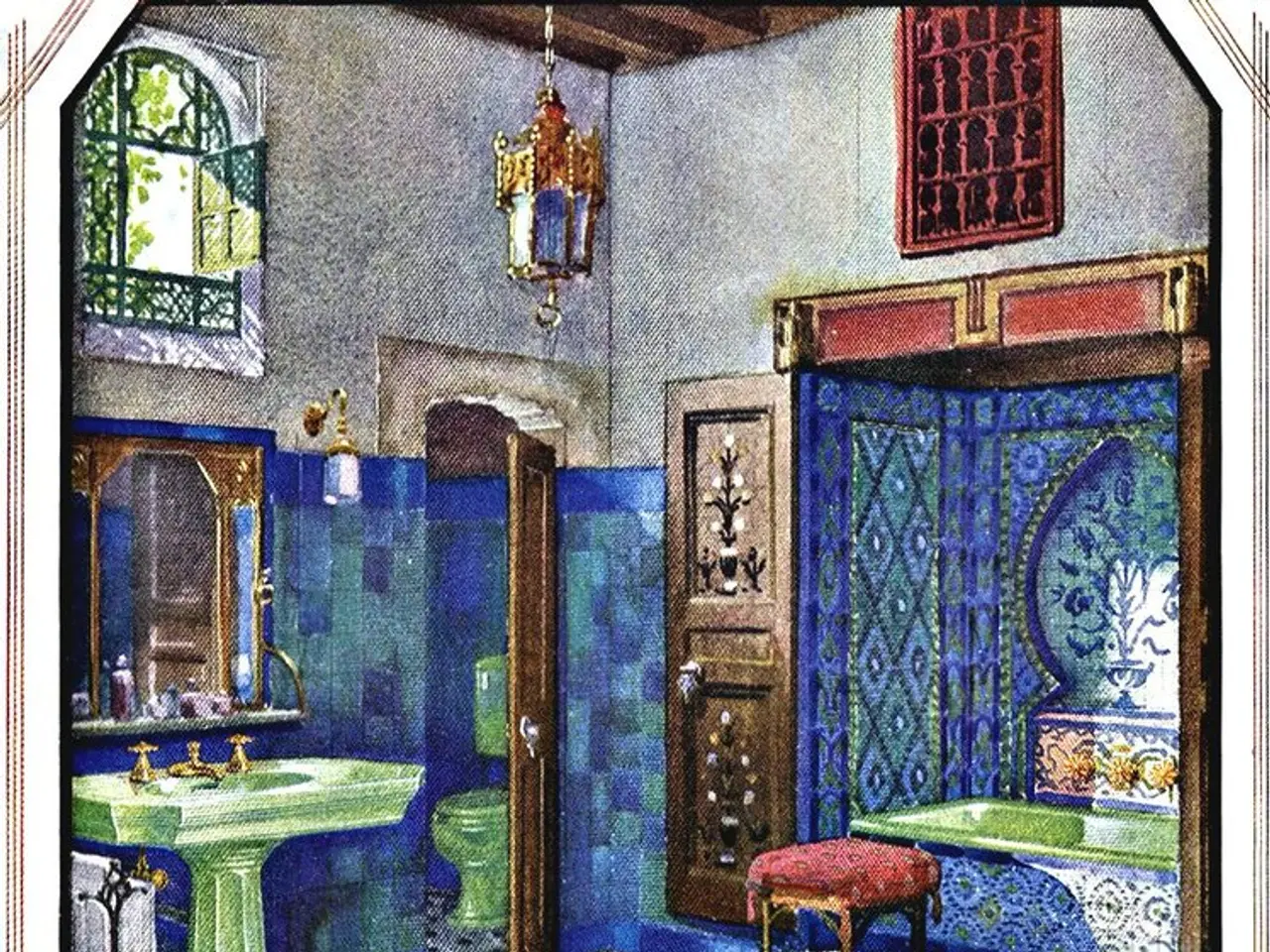Geographical Scope and Composition of the Union (Coverage from Article 1 to 4)
India's political geography has undergone significant transformations since its independence, evolving from a patchwork of colonial and princely entities into the linguistic and administrative units that exist today. This evolution can be traced back to several key historical events and commissions.
Upon the adoption of the Indian Constitution in 1950, states were initially categorised into four groups: Part A (former British provinces governed by governors), Part B (former princely states with elected assemblies), Part C (a mix of princely states and chief commissioner provinces), and Part D (e.g., Andaman and Nicobar Islands, governed by a lieutenant governor)[1][3]. Soon after independence, most princely states acceded to India and were politically integrated by 1950, creating a more unified federal structure[1].
A pivotal moment came in 1953 with the establishment of the State Reorganisation Commission (SRC), tasked with recommending new boundaries for states based on linguistic and administrative convenience. The SRC submitted its report in 1955, suggesting the reorganization into 16 states and 3 union territories. This led to the enactment of the States Reorganisation Act, 1956, which reorganized states into 14 states and 6 union territories by merging many Part C and Part D territories and redrawing boundaries to create more linguistically coherent states[1][4][3].
One of the significant state formations that followed was the creation of Haryana in 1966, carved out from the larger Punjab state. This was based on recommendations of the Sardar Hukam Singh Parliamentary Committee, which examined demands for a separate Hindi-speaking state distinct from Punjabi-speaking areas[2].
Other key union territory changes include Puducherry becoming a union territory in 1962 and being given a legislature in 1963, Dadra and Nagar Haveli becoming a union territory in 1961 and merging with Daman and Diu in 2020, Goa being annexed from Portuguese control in 1961 and becoming a state in 1987, and the bifurcation of the former state of Jammu and Kashmir into two union territories—Jammu and Kashmir, and Ladakh—in 2019[3].
Settling boundary disputes can be done by executive action, as demonstrated in the 100th Constitutional Amendment Act, which covered the transfer of adverse possessions and demarcation of 6.1 km of undemarcated border, resulting in India transferring 111 enclaves to Bangladesh, and Bangladesh transferring 51 enclaves to India[5].
It is essential to note that the Indian Federation is not formed by an agreement among the states, unlike the American Federation. The country is named India, also known as Bharat, and the territory of India consists of states, union territories, and territories that may be acquired by the Government of India in the future[6].
The current situation sees India composed of 28 states and 9 union territories. In the capital city of Delhi, the Lieutenant Governor, the Chief Minister, and the Council of Ministers hold legislative authority, with a separate High Court[7]. Each union territory also has an executive, legislature, and judiciary.
In conclusion, the historical trajectory involved constitutional categorizations, integration of princely states, the States Reorganisation Commission’s recommendations, and specific committees like Sardar Hukam Singh’s for particular states, all contributing to the current structure of states and union territories in India[1][2][3][4]. The State Reorganisation Commission of 1953 remains the most significant in driving the major reorganization by linguistic lines, which set the basis for subsequent state formations and union territory changes.
In light of the State Reorganisation Commission's recommendations, the States Reorganisation Act, 1956 led to the creation of 14 states and 6 union territories, reshaping India's political landscape based on linguistic and administrative convenience. The establishment of Haryana in 1966 was a significant state formation, carved out from the larger Punjab state based on recommendations of the Sardar Hukam Singh Parliamentary Committee.








